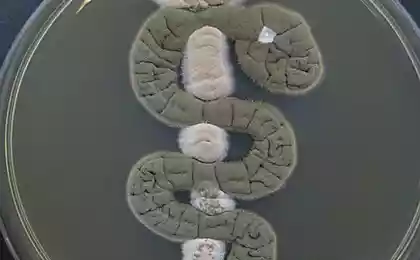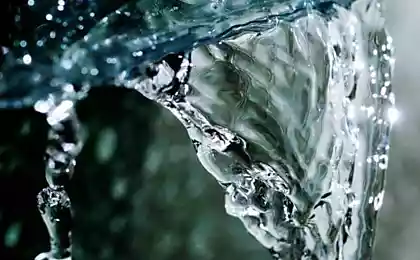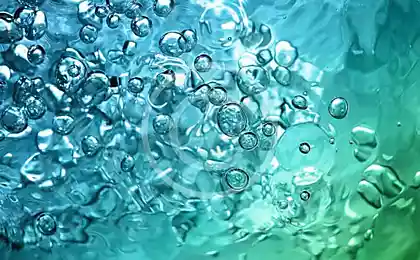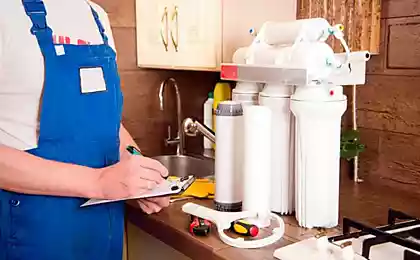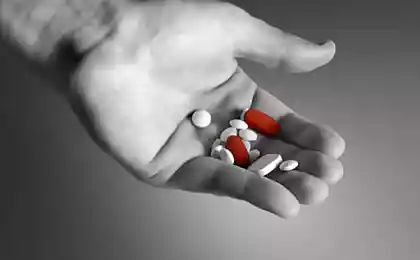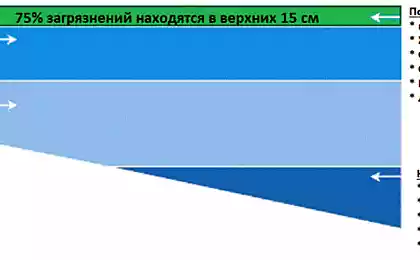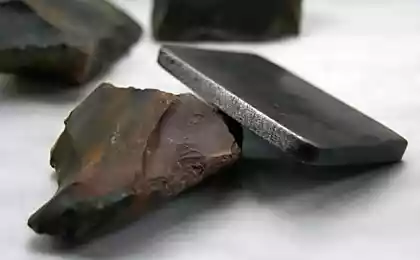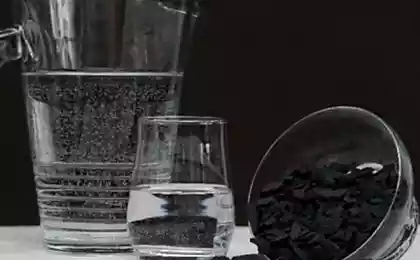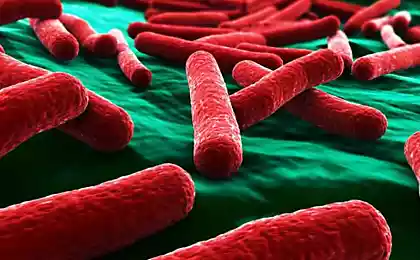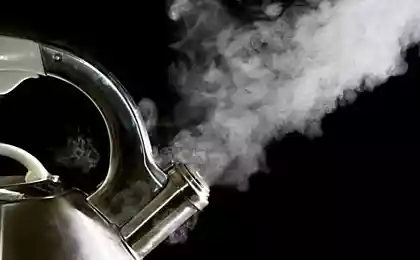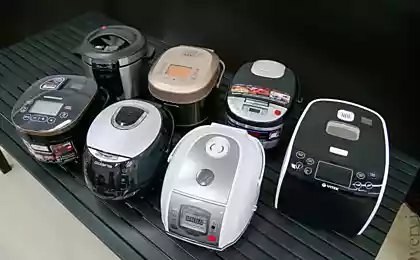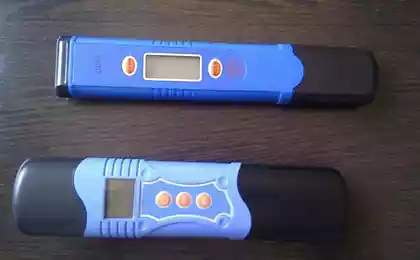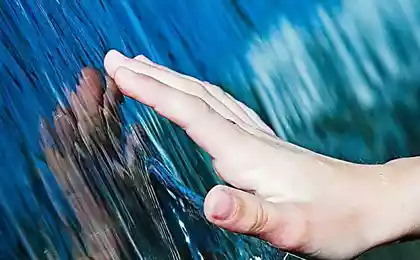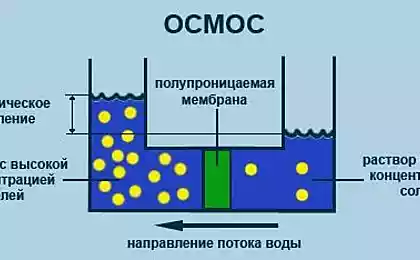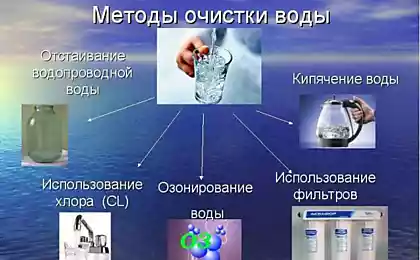471
This little black rectangle quickly and easily disinfects the water
Worldwide the 663 million people lack access to clean drinking water. Unfortunately, the disinfection of contaminated water can be complex, costly and lengthy process — for example, disinfection of water with ultraviolet rays may take up to 48 hours, which limits the amount of water that can be cleaned. A new device created by researchers from Stanford University and the National accelerator laboratory SLAC, solves this problem: it's a little black rectangle, which uses sunlight to disinfect water for 20 minutes.
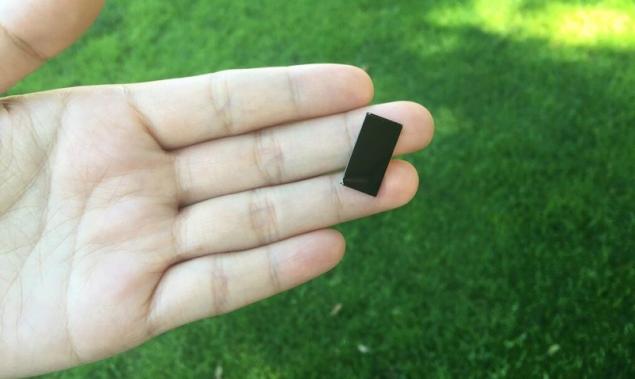
The rectangular device is about half the size of a standard postage stamp and looks like a small piece of glass, which is placed in a transparent container. In fact, it consists of a glass substrate coated with nano-structured molybdenum disulfide. Nanostructured flakes sticking up, also covered with a thin layer of copper. When exposed to visible part of solar spectrum of molybdenum disulfide and copper is beginning to act as photocatalysts, causing the formation of hydrogen peroxide and other disinfectant chemicals in the water.
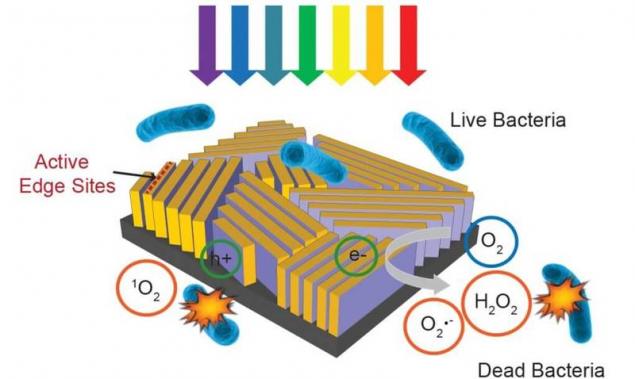
After they finished to kill the bacteria, all the chemicals dissipate, leaving nothing but clean water outlet.
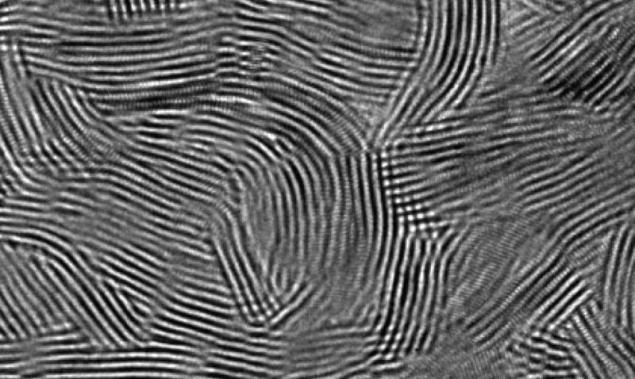
The principle of operation of this device is that molybdenum disulfide is a photocatalyst, releasing electrons that in turn cause chemical reactions in the water. Although this is a promising new development, but it can only disinfect water, not to filter it. This means that chemical pollutants remain in the disinfected water. The technology still requires additional research before it can be used in the field, so as not been fully elucidated, some strains of bacteria can be eliminated using this process. published
P. S. And remember, only by changing their consumption — together we change the world! ©
Source: ecotechnology

The rectangular device is about half the size of a standard postage stamp and looks like a small piece of glass, which is placed in a transparent container. In fact, it consists of a glass substrate coated with nano-structured molybdenum disulfide. Nanostructured flakes sticking up, also covered with a thin layer of copper. When exposed to visible part of solar spectrum of molybdenum disulfide and copper is beginning to act as photocatalysts, causing the formation of hydrogen peroxide and other disinfectant chemicals in the water.

After they finished to kill the bacteria, all the chemicals dissipate, leaving nothing but clean water outlet.

The principle of operation of this device is that molybdenum disulfide is a photocatalyst, releasing electrons that in turn cause chemical reactions in the water. Although this is a promising new development, but it can only disinfect water, not to filter it. This means that chemical pollutants remain in the disinfected water. The technology still requires additional research before it can be used in the field, so as not been fully elucidated, some strains of bacteria can be eliminated using this process. published
P. S. And remember, only by changing their consumption — together we change the world! ©
Source: ecotechnology
